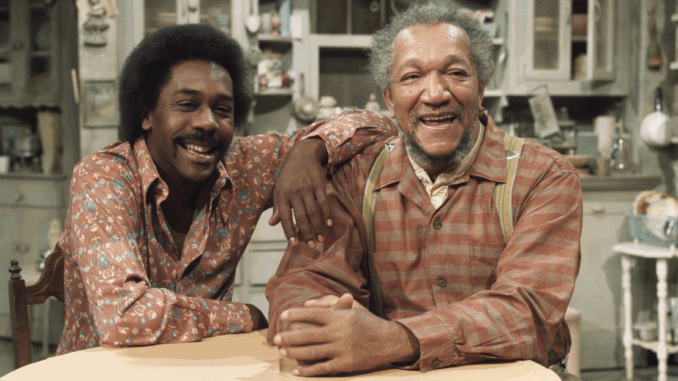
When Sanford and Son premiered in 1972, it wasn’t just another comedy show; it was a cultural phenomenon that dared to challenge the conventions of American television. It stood out as one of the very first sitcoms to feature a predominantly Black main cast, delving into the lives of working-class individuals with a blend of humor, warmth, and profound humanity.
The show, centered around junk dealer Fred Sanford and his son Lamont, quickly became a massive hit. It didn’t just make America laugh; it paved the way for a wave of groundbreaking series that followed, including iconic shows like The Jeffersons, Good Times, and later, The Fresh Prince of Bel-Air. Sanford and Son demonstrated that stories from diverse communities could resonate universally, proving that authentic representation was not only possible but also incredibly popular.

At the heart of its success was Fred Sanford, a character who was far from a perfect hero. He was a hot-tempered, often clumsy father, prone to exaggerated ailments and witty insults. Yet, his raw honesty and relatable imperfections are precisely what endeared him to millions. It was this very “realness” that touched the hearts of viewers, making them laugh, empathize, and connect with the Sanfords’ everyday struggles and triumphs. The show’s ability to blend sharp comedy with poignant moments about family love and community resilience cemented its place as a trailblazer in television history.
